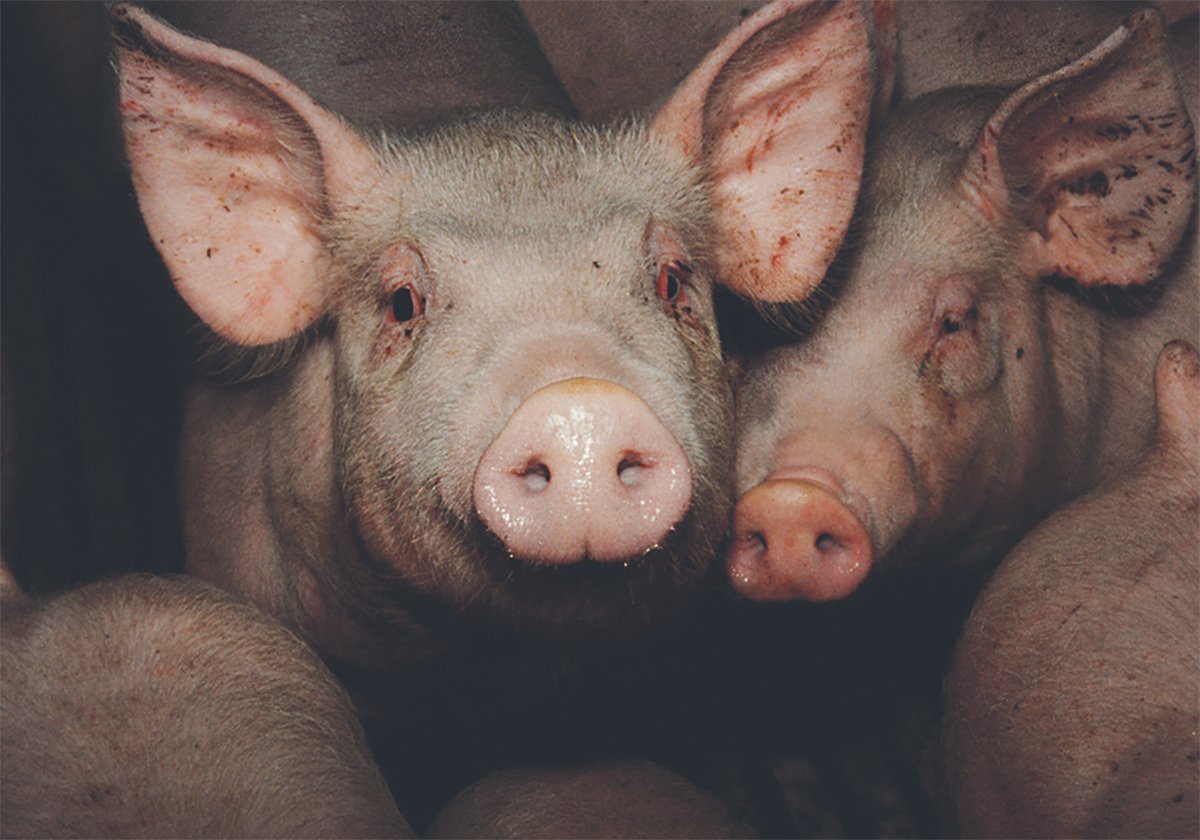Feedlots are all about cattle, and cattle can be unpredictable.
That is one aspect of a project underway to devise a farm safety plan for Alberta feedlots.
Initiated by the Alberta Cattle Feeders Association, the project is being developed by Nick Schefter, the lead health and safety officer for Critical Hazard HSE Ltd., and Reg Steward, a ranch safety consultant in British Columbia.
“I guess one of the major unique things to a feedlot … is cattle. It’s a very unpredictable hazard. It’s really hard to control a hazard like that,” said Schefter.
Read Also

The Western Producer Livestock Report – October 30, 2025
Western Producer Livestock Report for October 30, 2025. See U.S. & Canadian hog prices, Canadian bison & lamb market data and sales insights.
“You’re bringing cattle in from all across the province, sometimes other provinces, so different environment, a different climate, all kinds of different things.”
The feedlot safety initiative stemmed from the passage in December 2015 of Alberta’s En-hanced Protection for Farm and Ranch Workers Act, otherwise known as Bill 6.
It involves mandatory Workers Compensation Board coverage for paid, non-family employees on farm operations as well as changes to other legislation that will apply to agriculture.
Schefter said April 11 that he and Steward have assessed several feedlots in Alberta and will use those to build a program. Every feedlot is slightly different, so a general component will be accompanied by aspects that can be customized to the particular operation.
However, he and Steward are not starting from scratch.
“There’s a lot of companies that have certain procedures for certain things they’re doing. They have maintenance programs in place already, so they’re already established in doing that stuff. They’re on the right path.”
Bryan Walton, chief executive officer of the ACFA, said he agreed with that assessment. He said feedlots are not inherently dangerous, but having a program developed specifically for feedlots is expected to ensure safety and help operations meet provincial government requirements.
“Once we get (the project development) done, we’re going to be doing some extension,” he said.
“We’re going to be visiting the feedlots. The idea is we will take this right to every member and launch it, present the program, materials and video. That’s all going to be part of this.”
Schefter has 13 years of experience in safety work. He is a former firefighter and emergency medical technician who has also worked on safety projects in the oil patch near Fort McMurray, Alta.
When controversy erupted in Alberta’s agricultural sector about Bill 6, participants at numerous protest rallies voiced concerns about the potential to impose oil industry safety regulations upon farm operations.
Schefter said he did not see that as a worry.
“The best way to put it is, safety in Fort McMurray or the oil patch, for example, they set industry standards.”
However, farming does not have the same hazards or the same scale, so safety programs will have to suit the sector.
“At the end of the day, you need something specific for the site you’re on, and some of that will be modified for the feedlot,” Walton said.
Alberta farm and agricultural commodity groups have formed the Ag Coalition as a way to ensure their voices are heard in upcoming government consultations on farm safety legislation.
It has put forward a list of names from which it hopes the government will select people to form its consultation groups.
Schefter’s name is on the list as the ACFA nominee. The government has yet to announce who it has selected to develop farm safety regulations.















